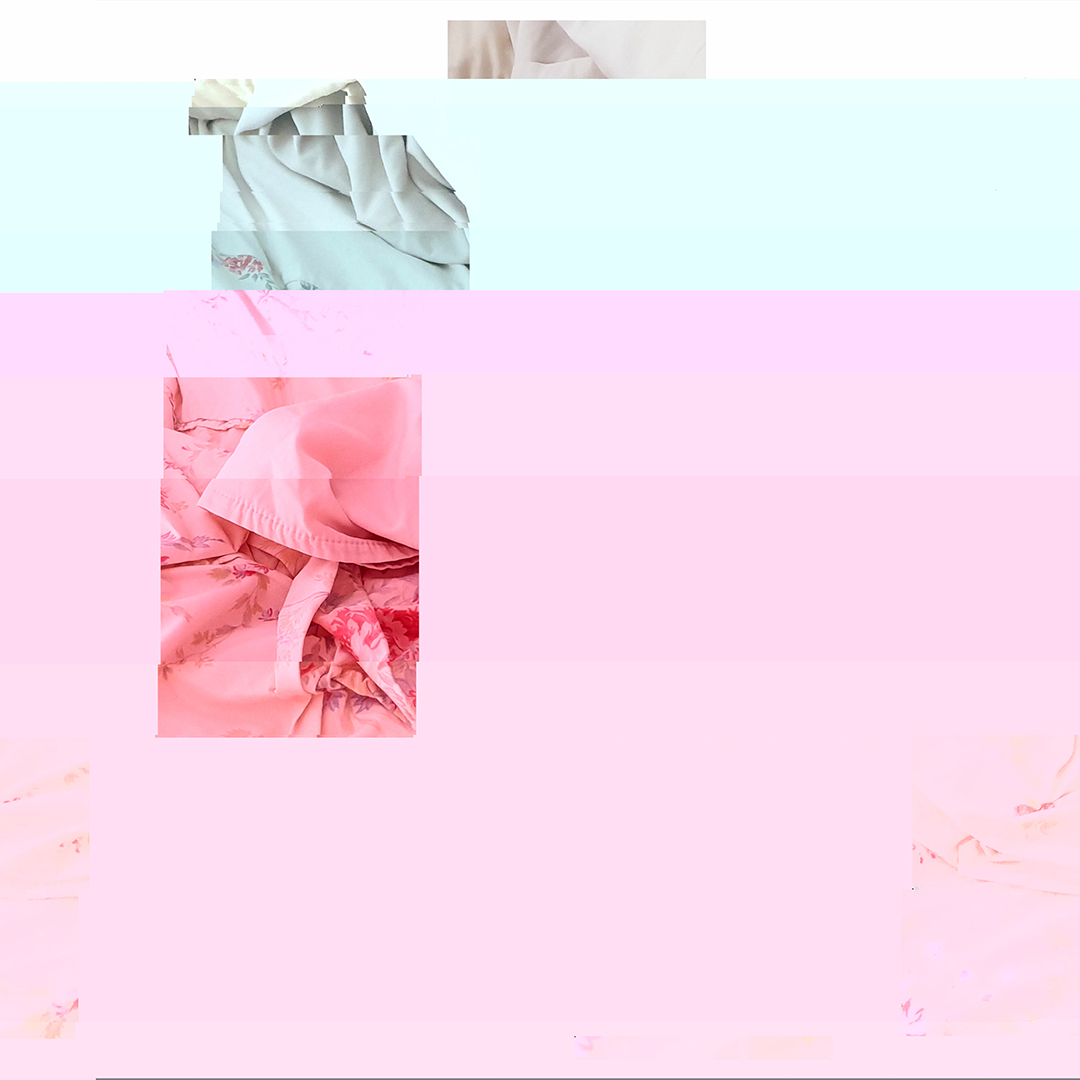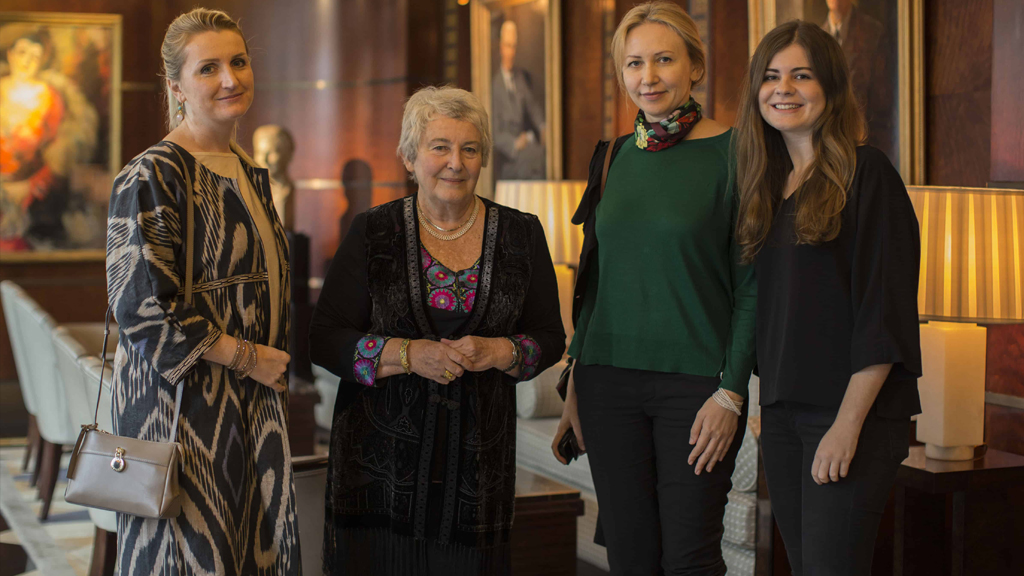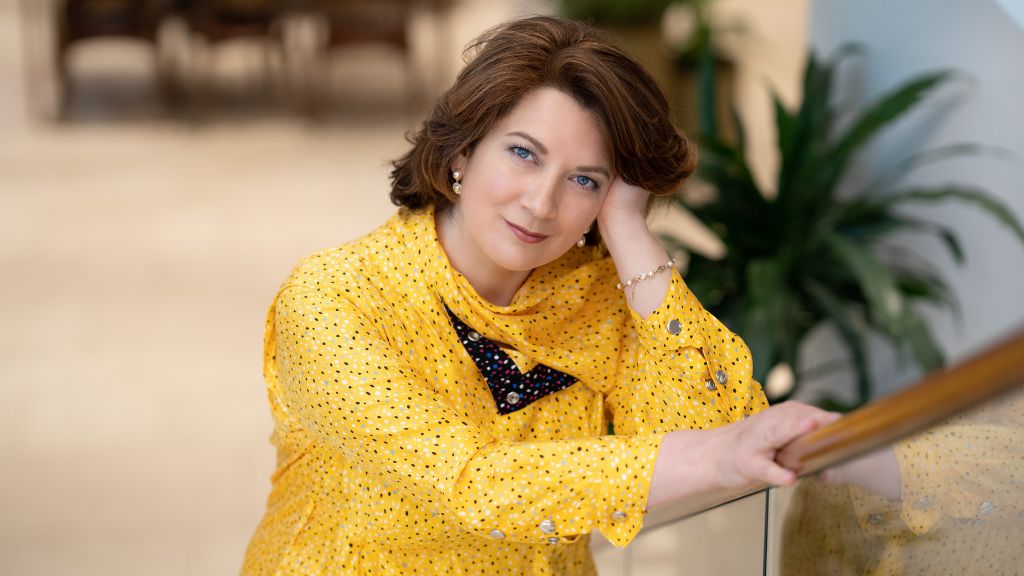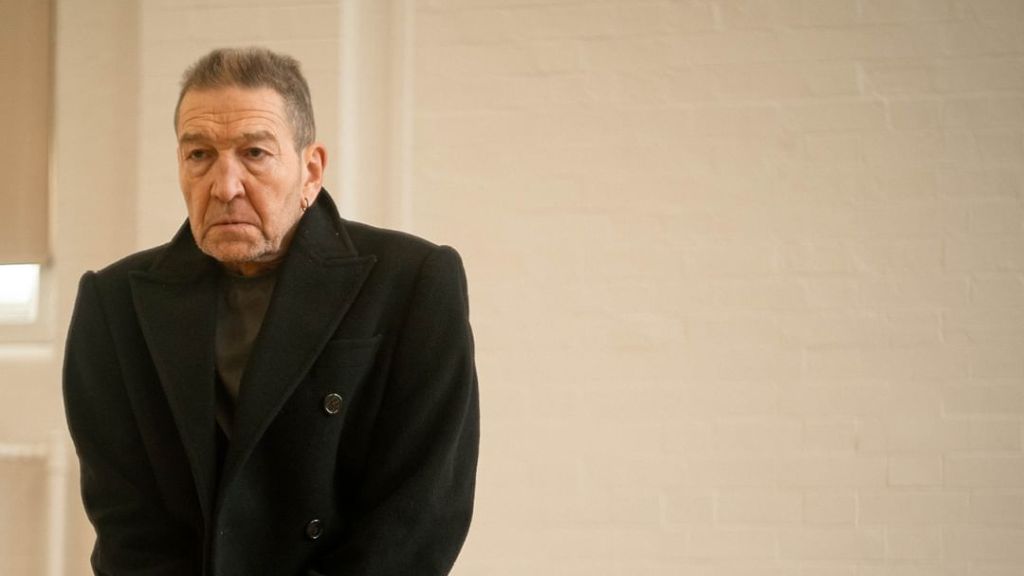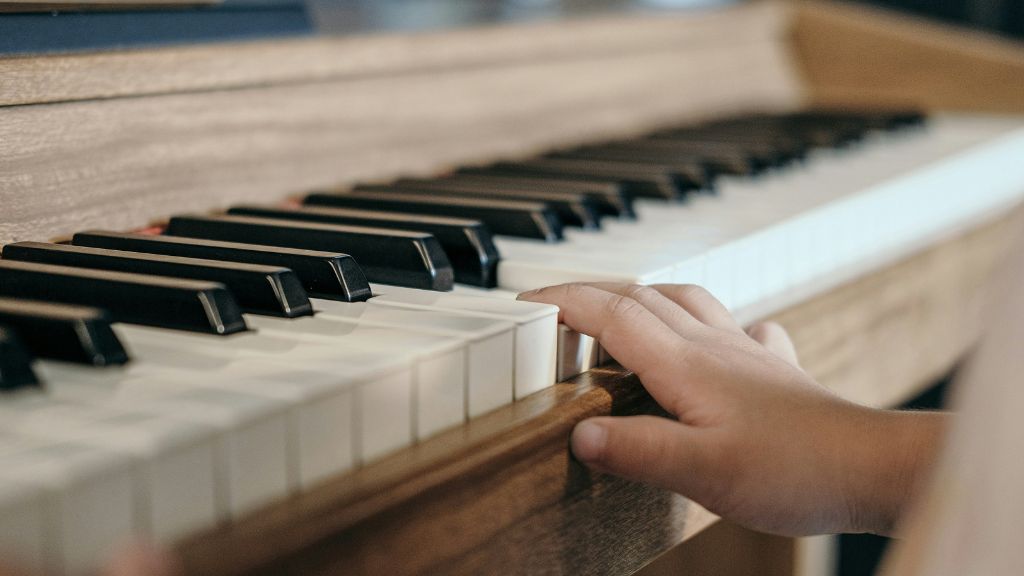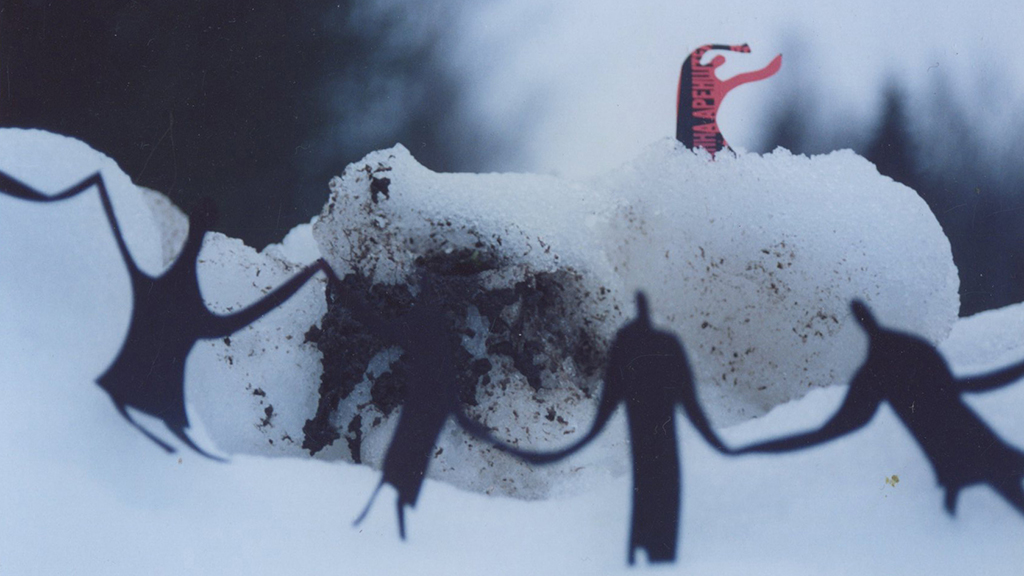
Expressions of Emotional Experience in the Works of Contemporary Artists
A few years ago, nobody could believe in the events that are now featured regularly in the evening news. This time of uncertainty, emotional turmoil and chaos is a real test for everyone. Art has always reacted sharply to global upheavals. Historical events give a very powerful impetus to comprehend and evaluate reality. Lyudmila Levitskaya, art historian, PhD in art history, methodologist and curator of educational programs of the State Tretyakov Gallery tells how does contemporary art cope with deep emotional uncertainty.
One possible way of expressing emotional experience in art means avoiding direct references to specific events, forcing the audience to reflect through metaphors and associations. For example, in Little White Men Lada Pestretsova finds a subtle metaphor of fragility and hope in the form of an endless round dance of white figures resembling angels cut out of paper. The installation is placed on the snow, becoming a vivid artistic statement about the fragility of human life, the power of unity and the triumph of humanism. Lada applies mixed techniques (painting, graphics, sculpture), preferring installations.
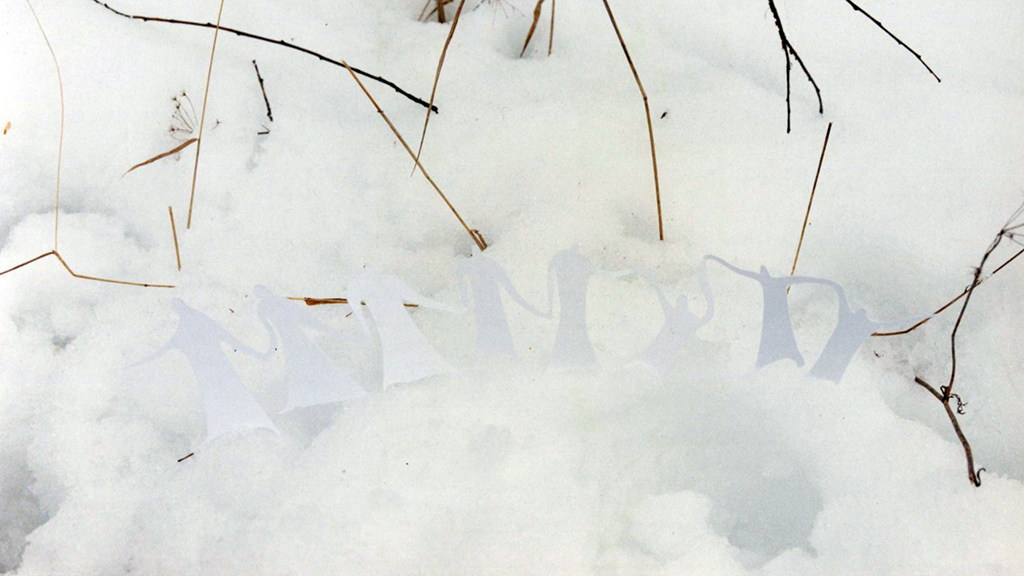
Lada Pestretsova, Little White Men
Art solves a number of important tasks, including the expression of the artist’s sensual and emotional experience. As Ben Eastham states, “Art today is less about the formal or aesthetic properties of an object than a way of talking about the intricately entangled, increasingly unstable world in which we live.” The language of artistic expression can take various forms, mixing genres and spheres of creativity. This is well illustrated by the Mad Eyrie Verses, a joint project of artist and illustrator Anna Arenstein and poet Alex Yusfin. Alex’s poems inspired by Lewis Carroll’s tense and disturbing A Strange Wild Song are combined with Anna’s expressive graphics. The artist uses a lively and expressive monotype technique, contrasting with the deep meaning of the poems dedicated to the overcoming of loneliness and the absurdity of the surrounding world.
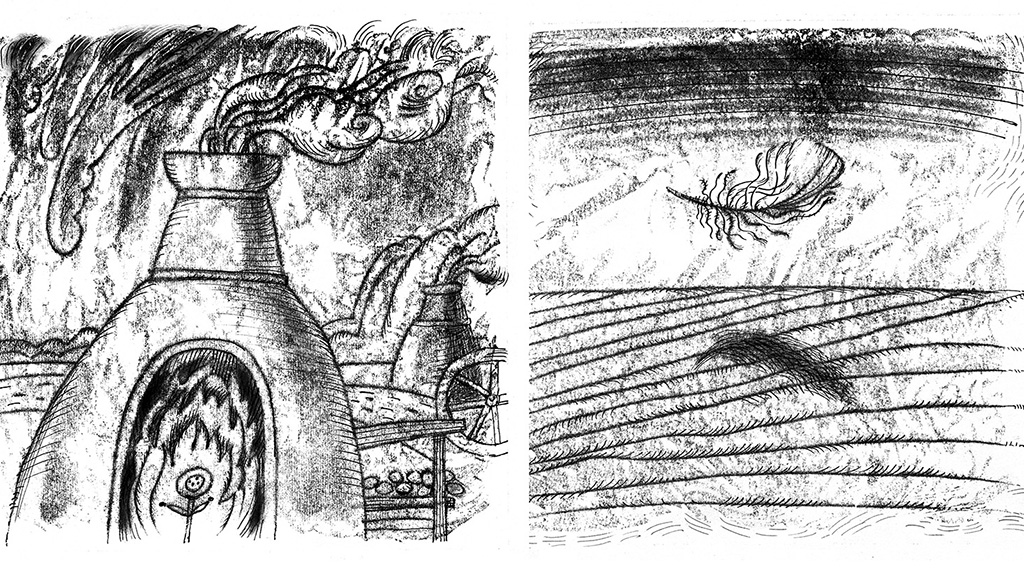
Anna Arenstein, Mad Eyrie Verses, fragment
Art enables the artist to build a distance between the subject and the phenomenon, allowing it to be expressed or fixed. Feelings and memories that are contained in the emotional experience find their expression in symbolic forms. In the Windows by Mariia Cherkasova depicts shadows of the past, barely perceptible still always close, looking from the windows of the building of Peter the Great times or silently standing behind at a tea party. Mariia’s paintings are closely connected with the history of her family and her exploration of the relationship between people and things. She believes that “only objects cannot lie,” unlike inherited photographs or letters that can embellish events or be censored. Thus, she explains the idea of history as a multitude of private lives and subjective testimonies.
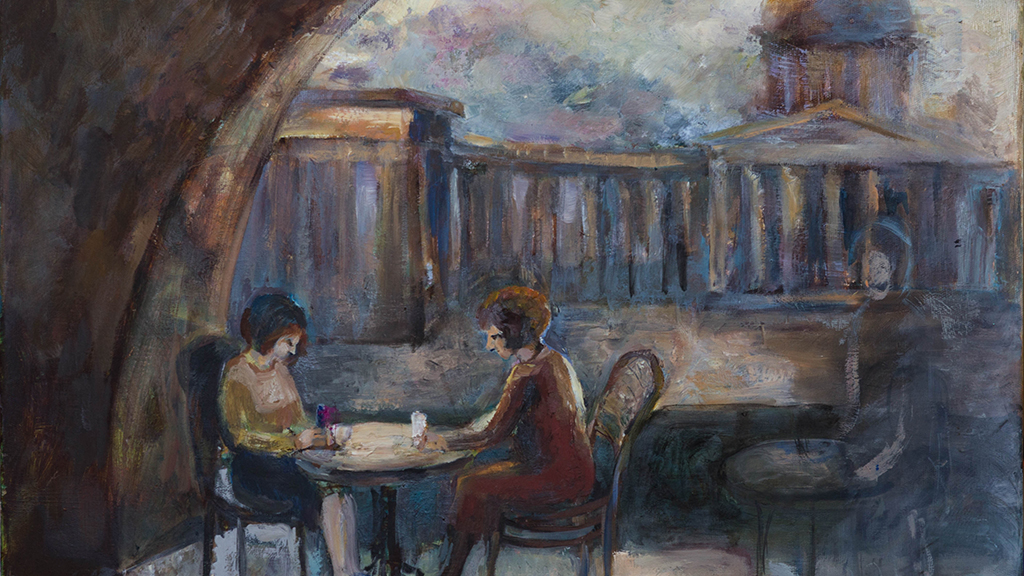
Mariia Cherkasova, Presence. fragment
In addition to constant emotional shocks, we now have access to unprecedented amounts of information and are not always able to manage it correctly, applying the necessary filters in search of the main thing. Jane Struk explores the beauty of random moments hidden from the eyes behind a veil of information noise. With her extensive experience in graphic design, Jane manages to succinctly embody her ideas with the use of the most unexpected techniques. Using AI and images from her archives for the Small Gestures series, Struk creates vivid art objects, urging the viewer to break out of the unconscious consumption of content and pay attention to their own feelings and experiences.
- Jane Struk, Small Gestures
- Jane Struk, Small Gestures
For artists, the visual remains the most important way to express their psychological and emotional state. The works of contemporary artists, created in a period of total uncertainty, are trying to find and restore basic supports, the lack of which means an end to the precarious balance. When everything is changing, the art world cannot remain the same. Only after a while will we be able to assess the scale of the changes that have taken place. Yet it is absolutely clear that the context, changing at a fantastic speed, has an immeasurable impact on the art world, forcing us to listen to something more pure, personal and real.
Cover photo: Lada Pestretsova, Little Men 13
Read more:
Kir Simakov, a non-commercial photographer: “Truthful portraits are always fascinating”
A short guide to being a happy parent of a happily multilingual child
“Dmitry”, production based on unfinished play by Schiller, will be shown in London
SUBSCRIBE
Receive our digest once a week with quality Russian events and articles

